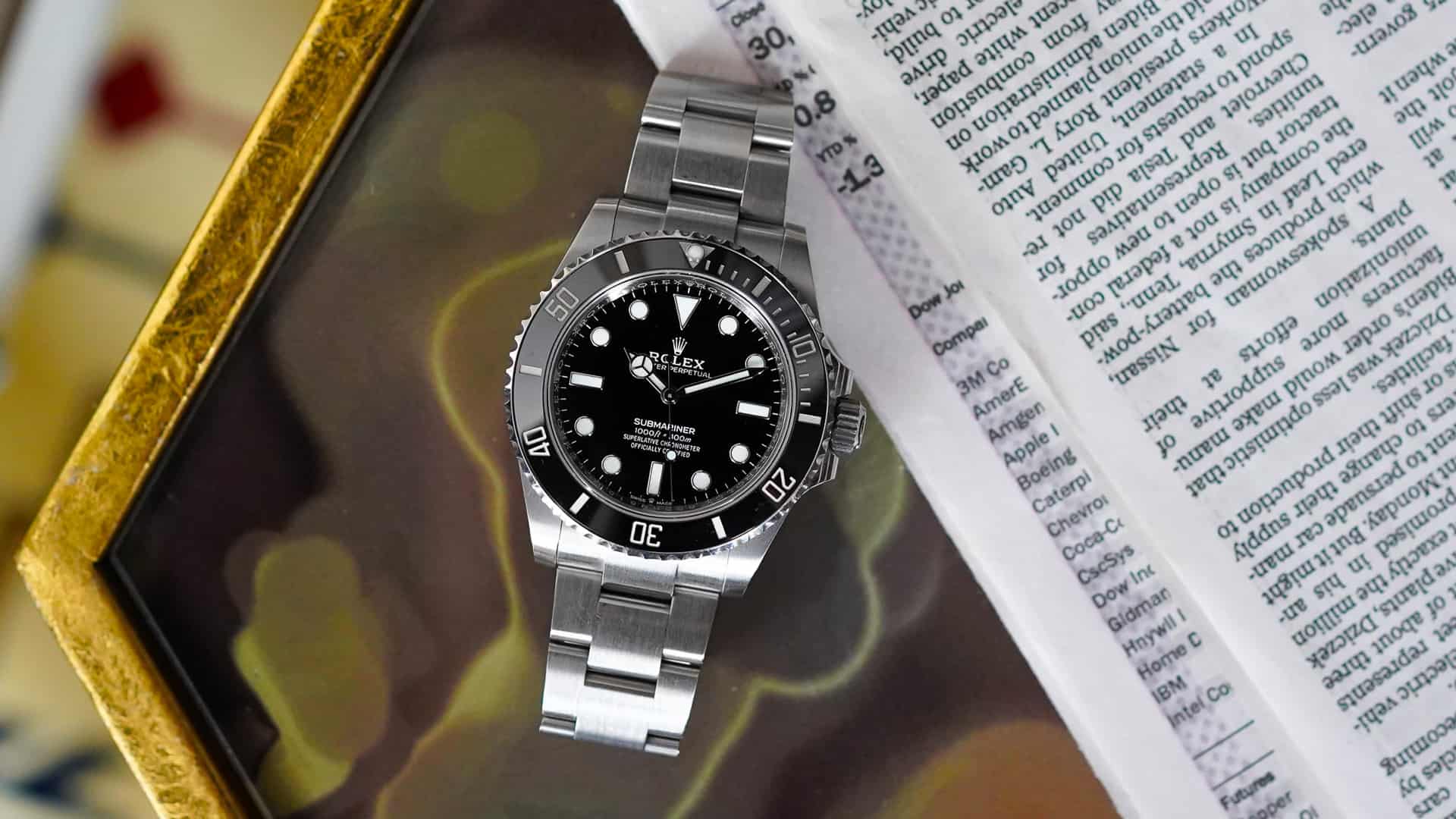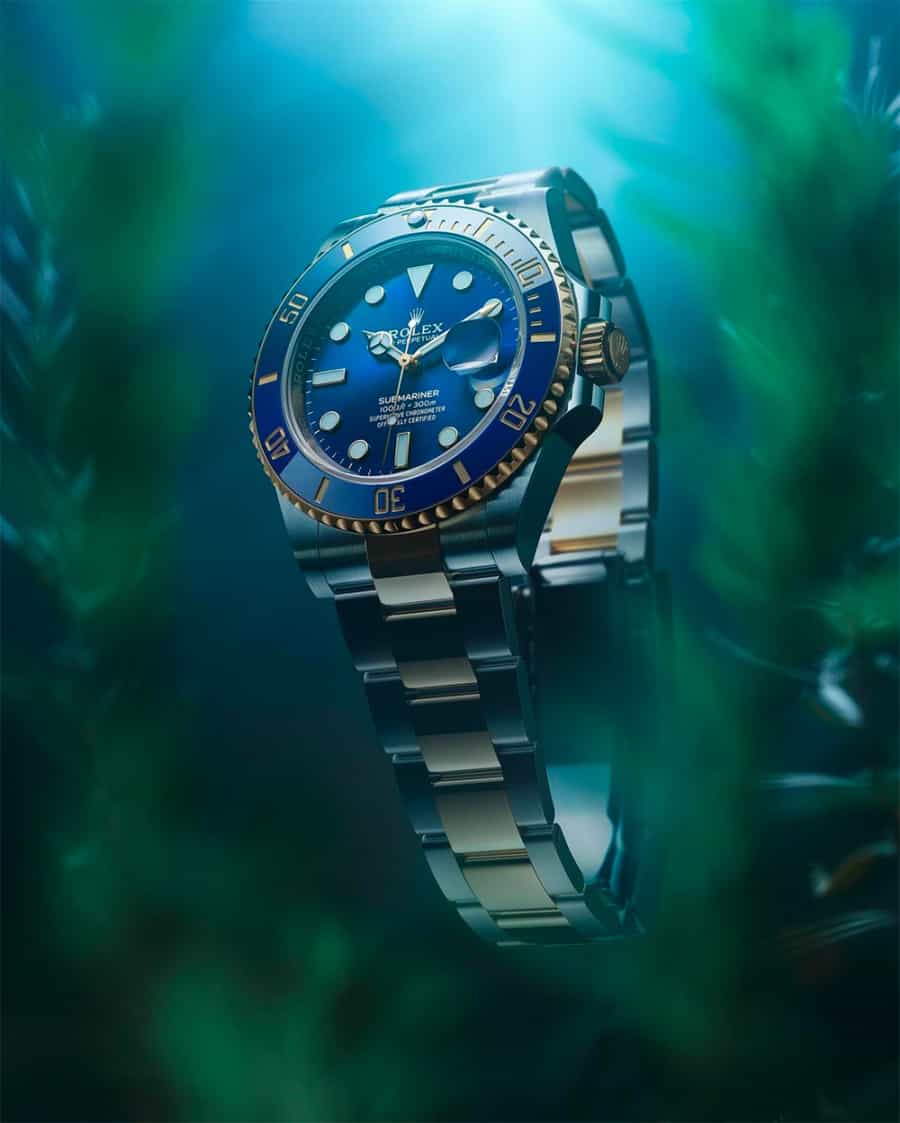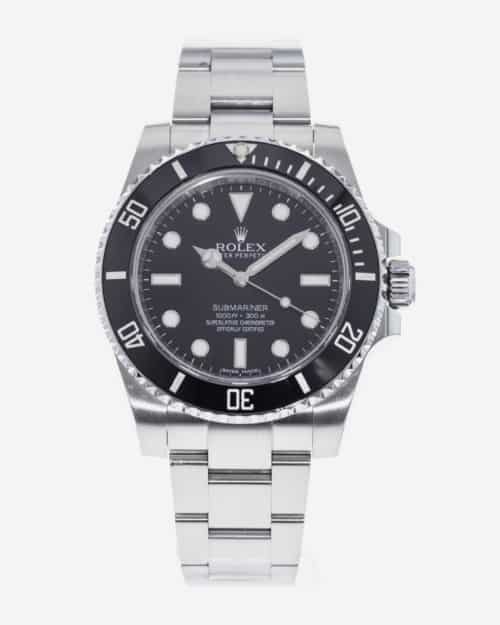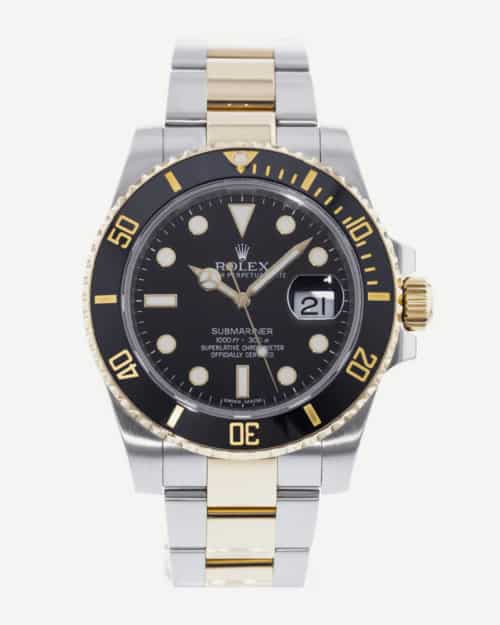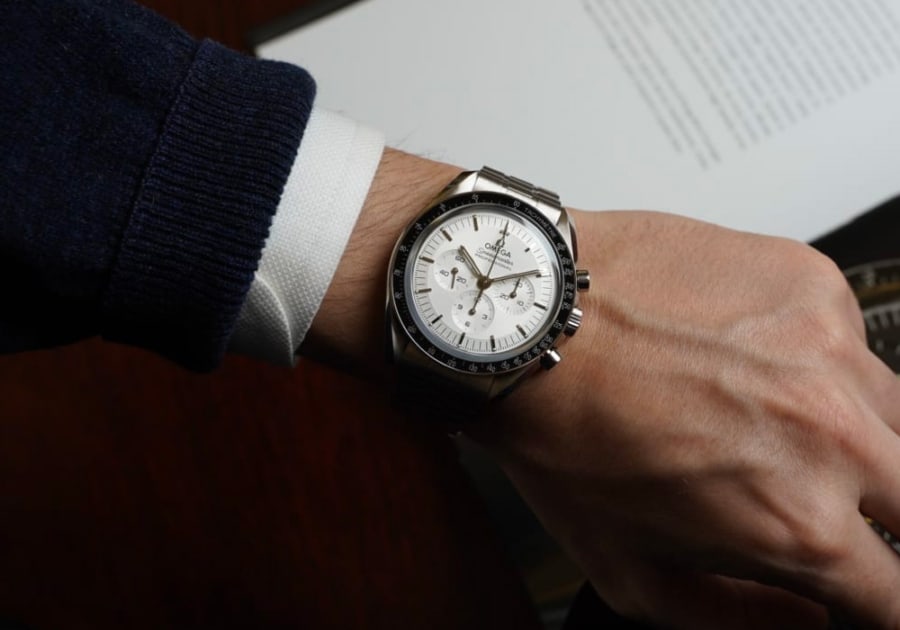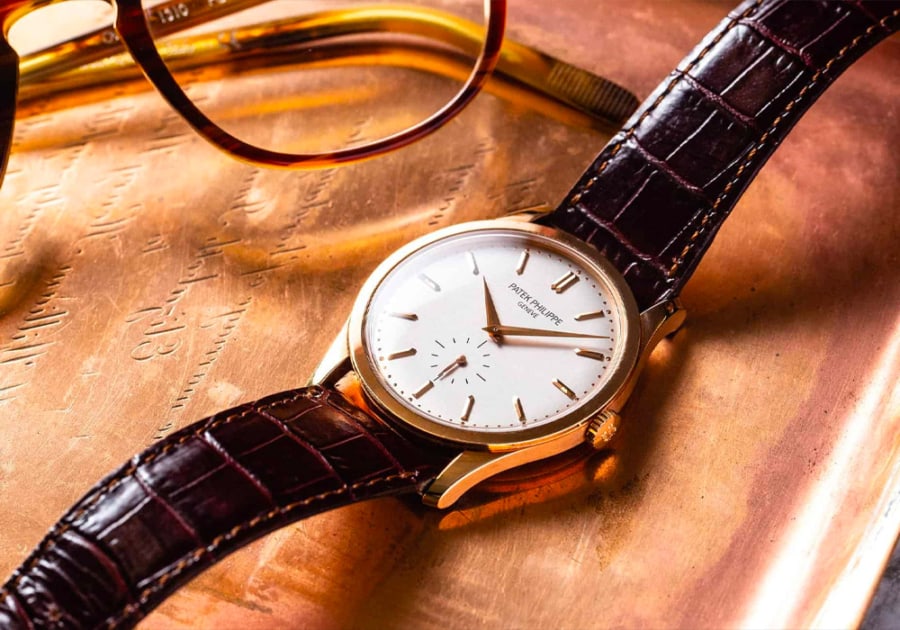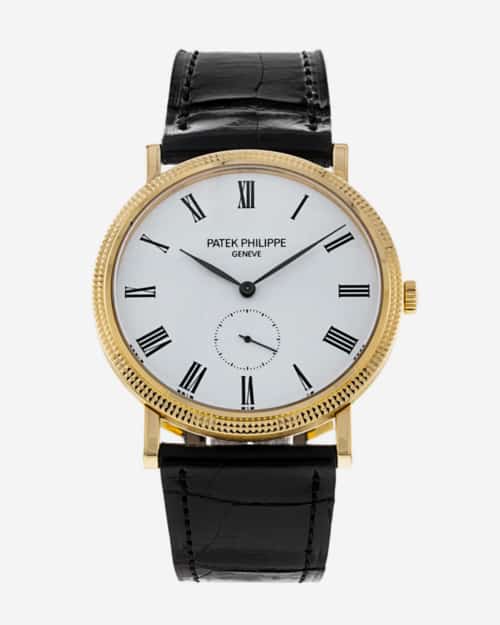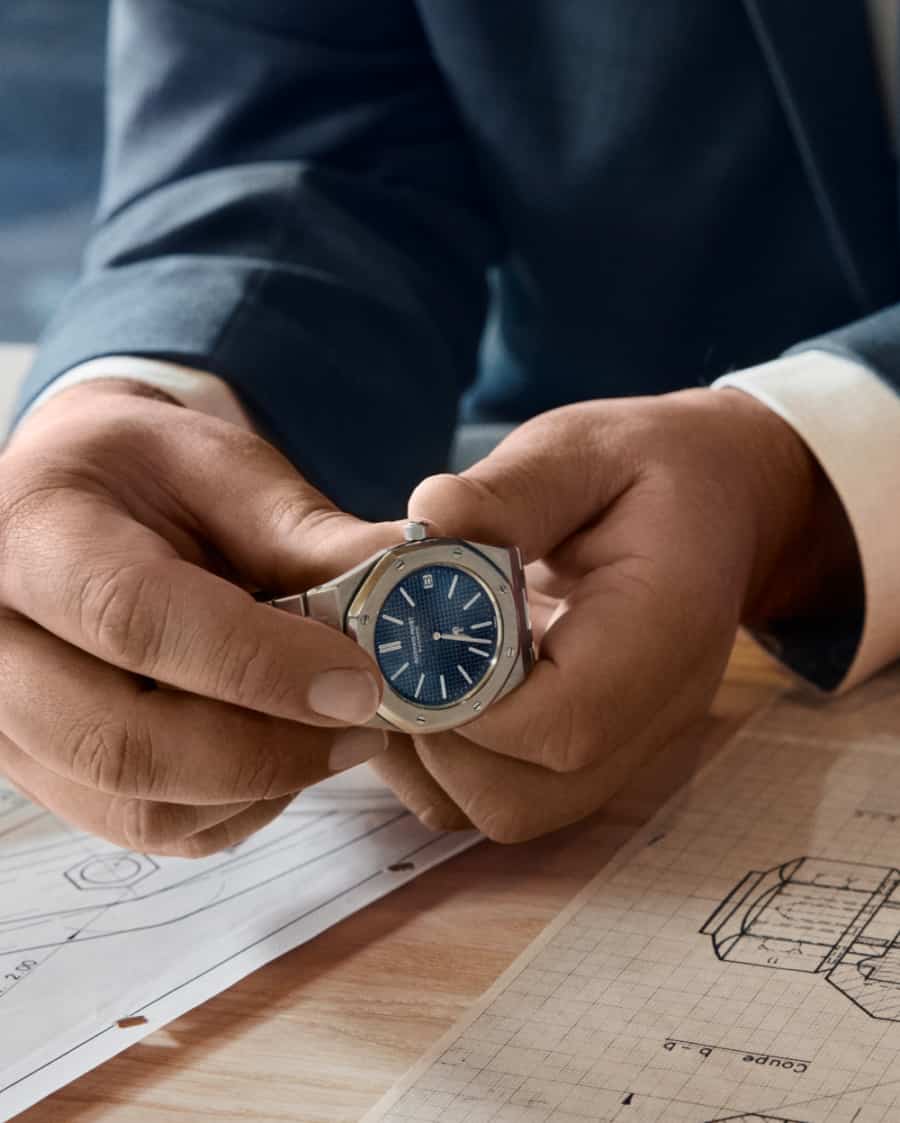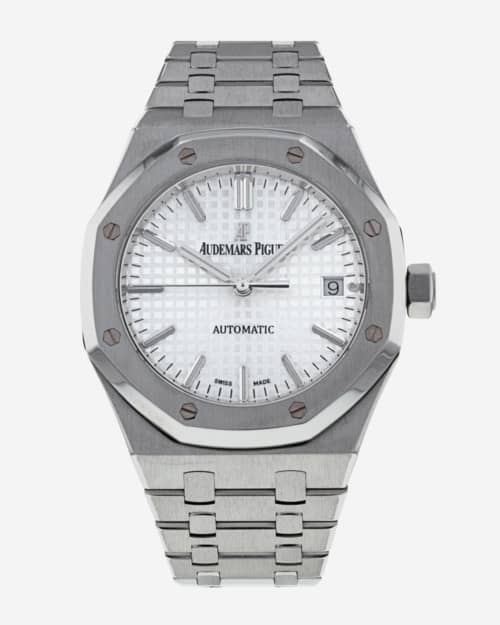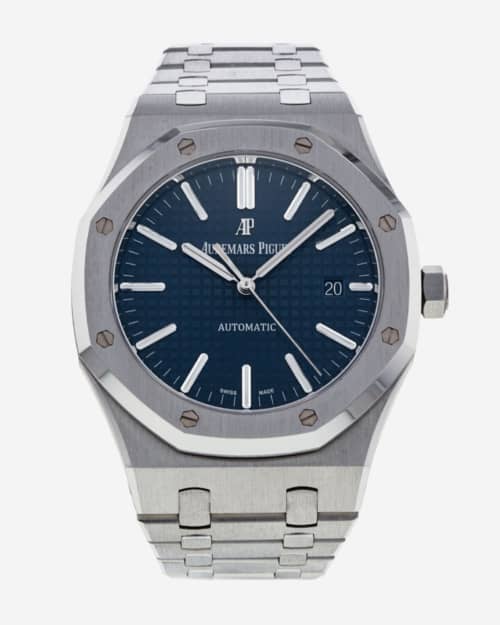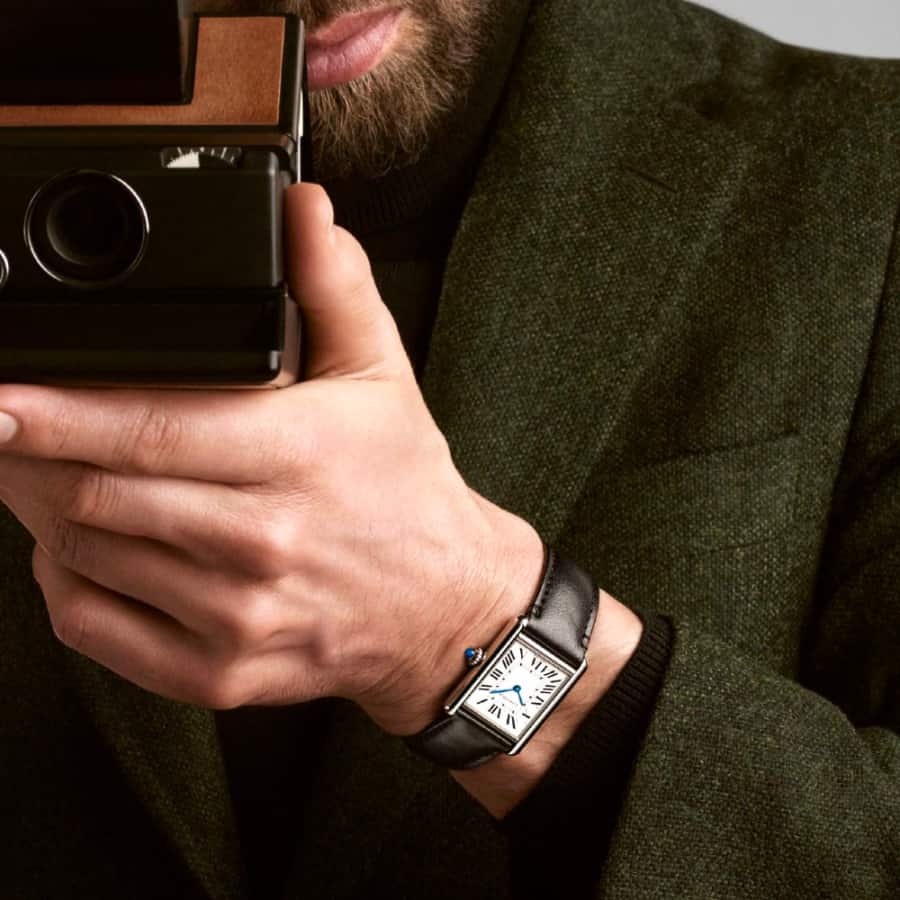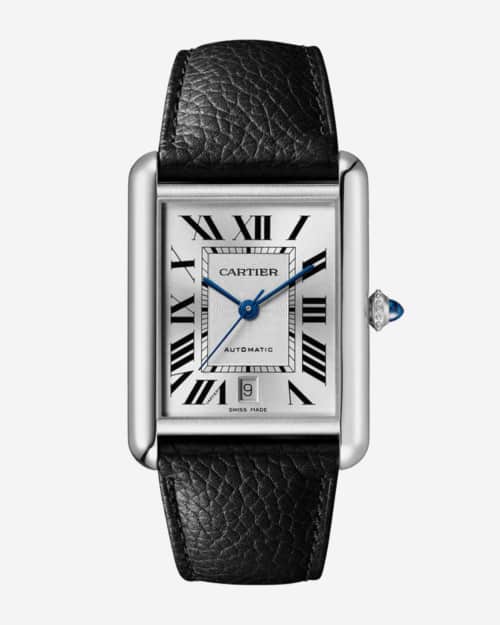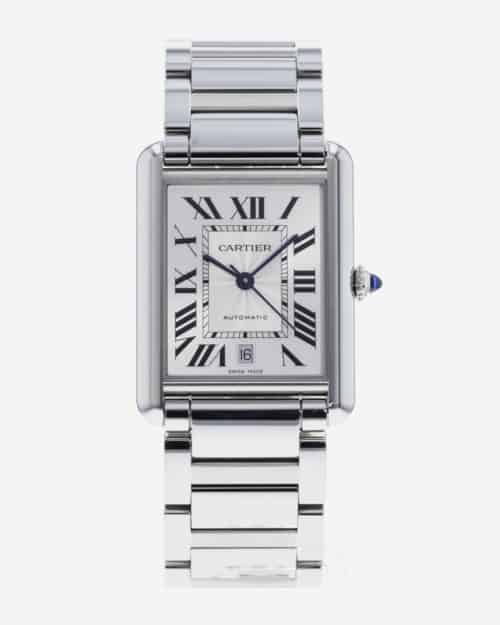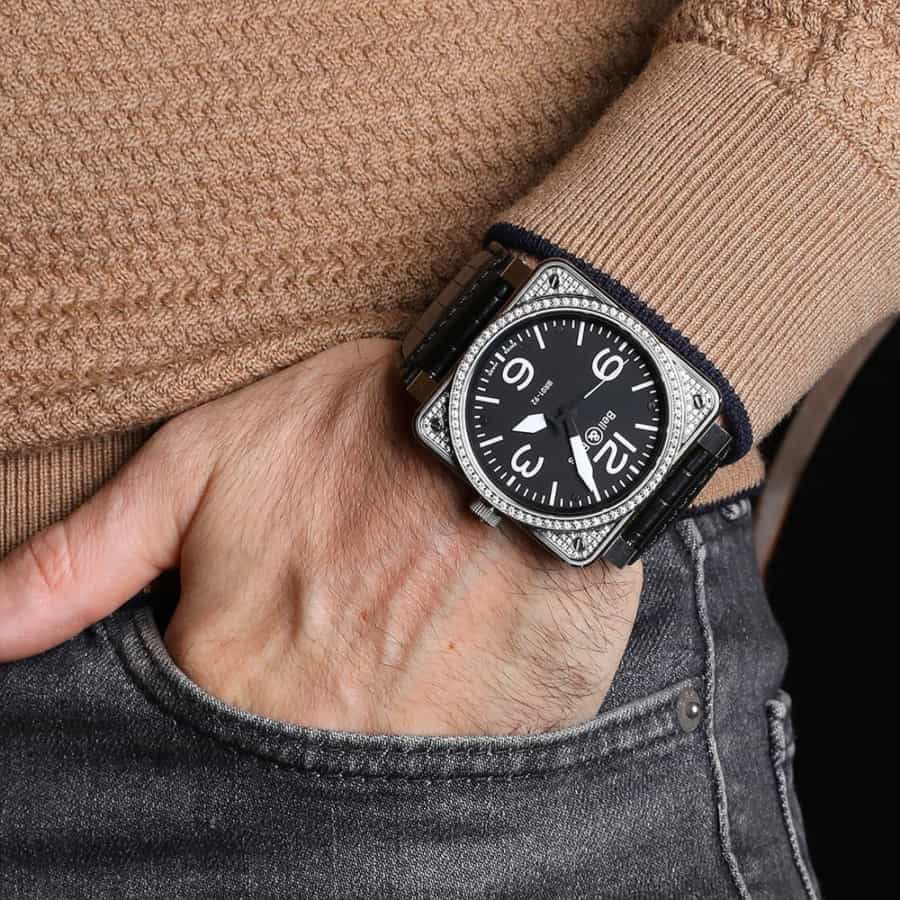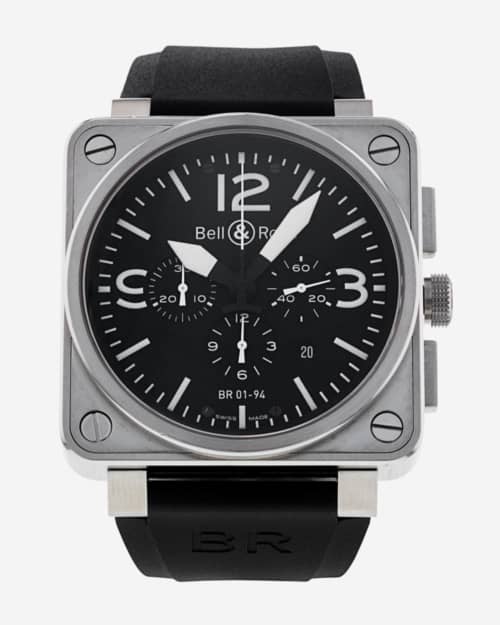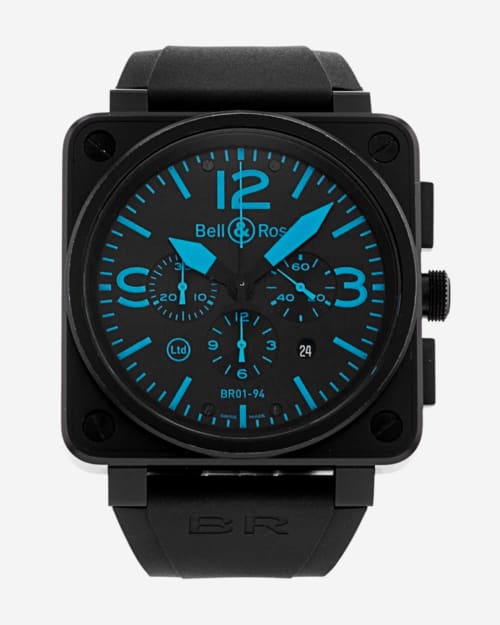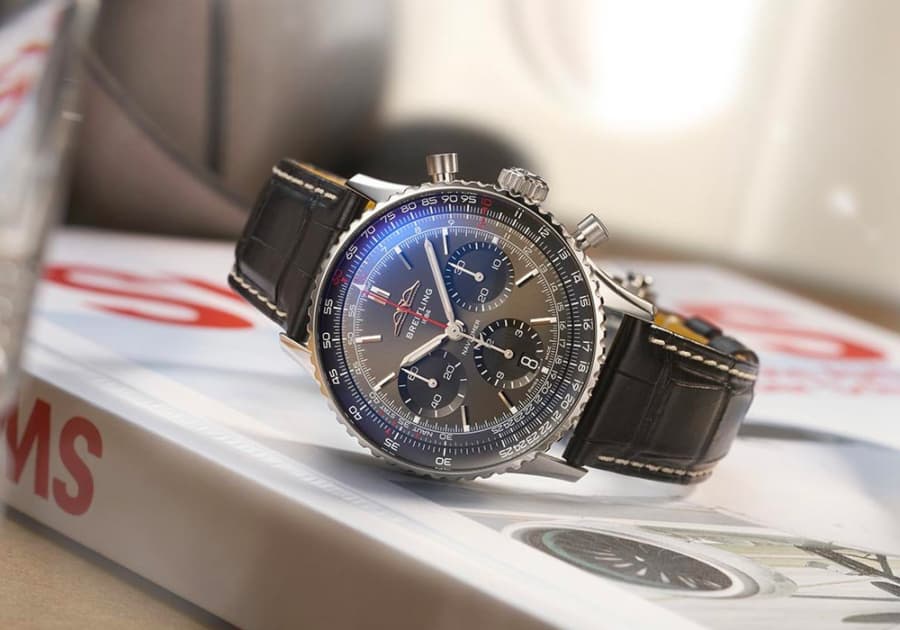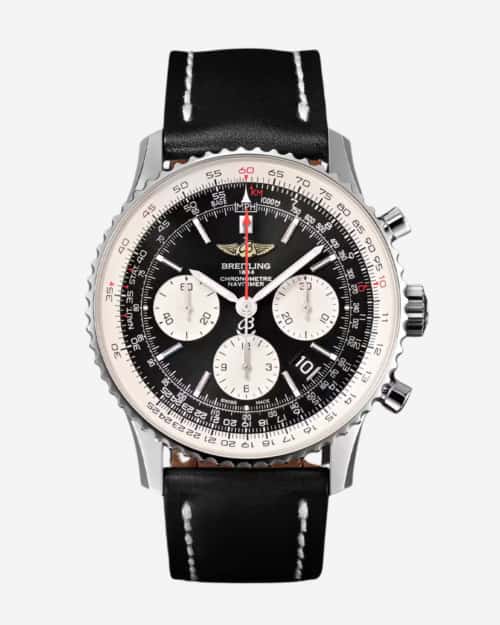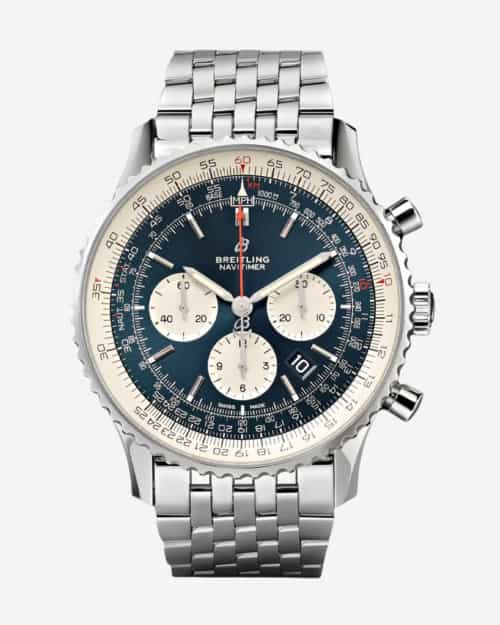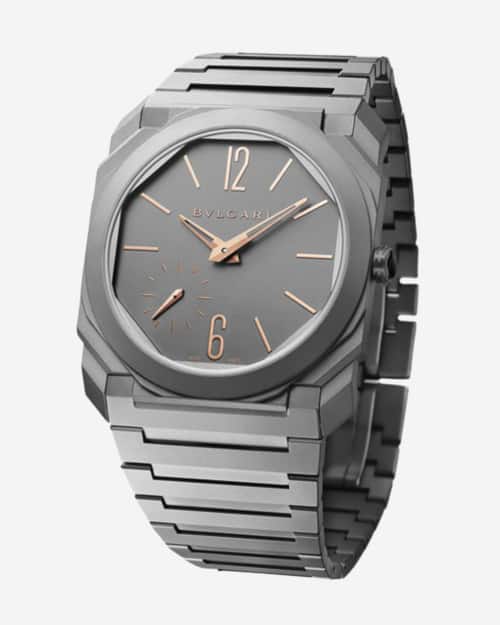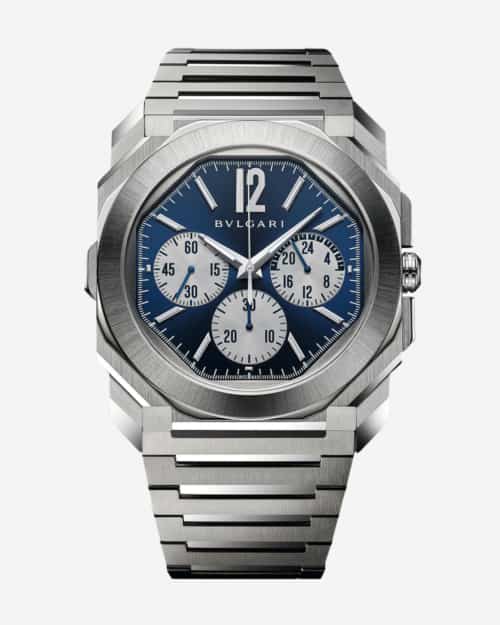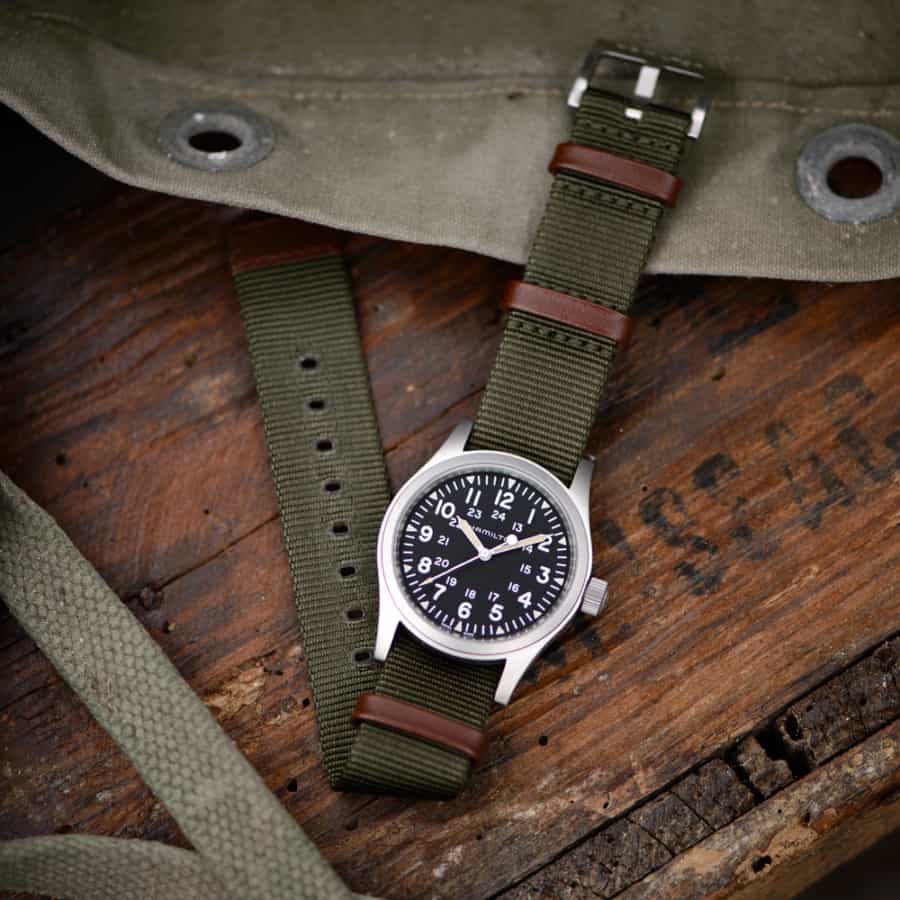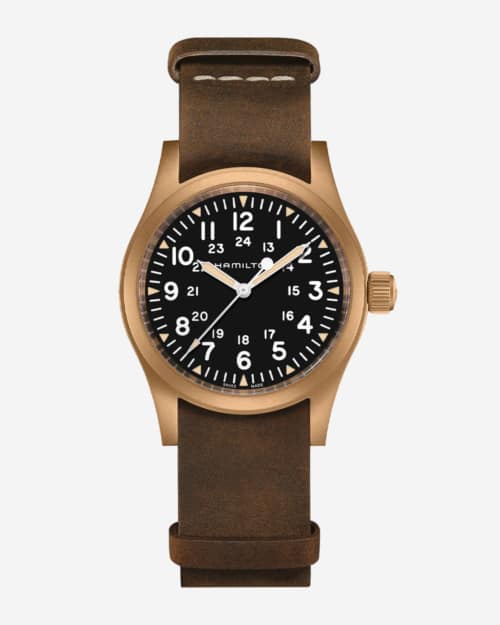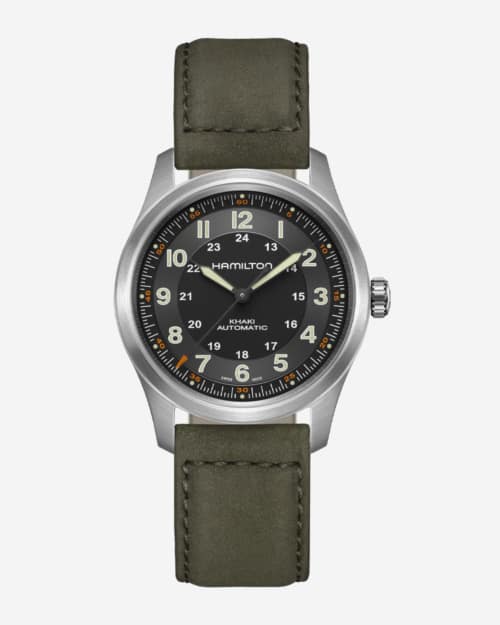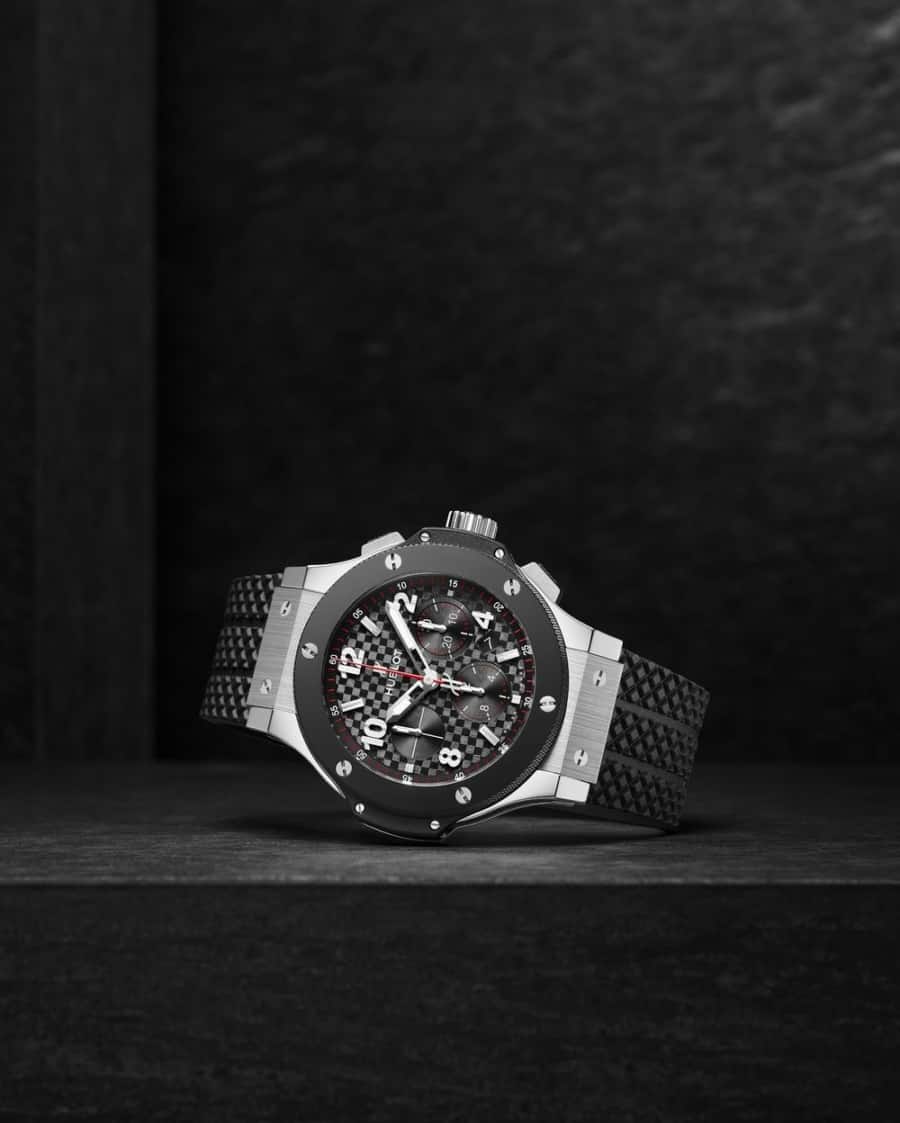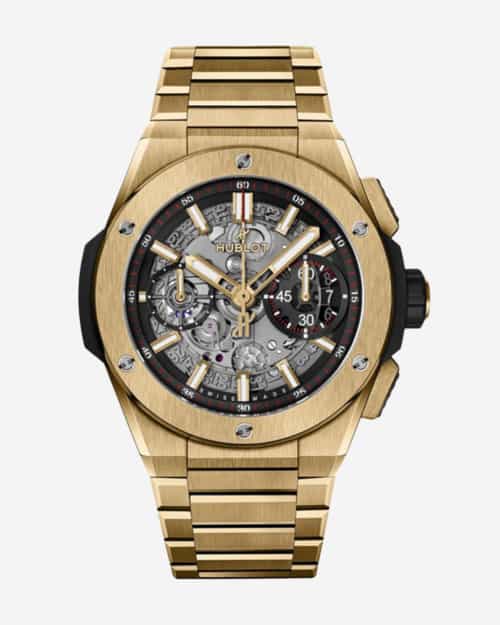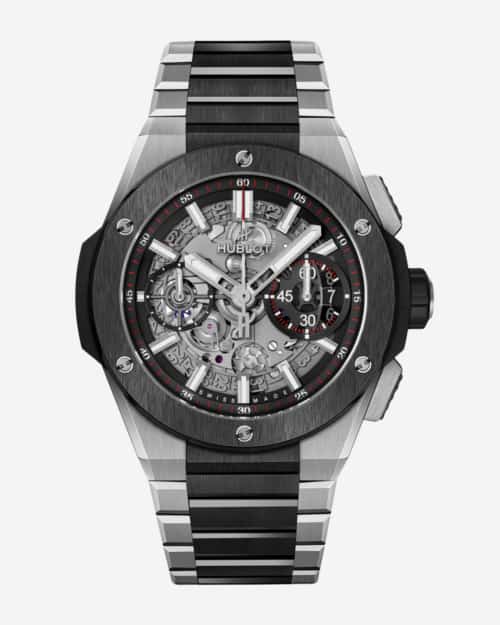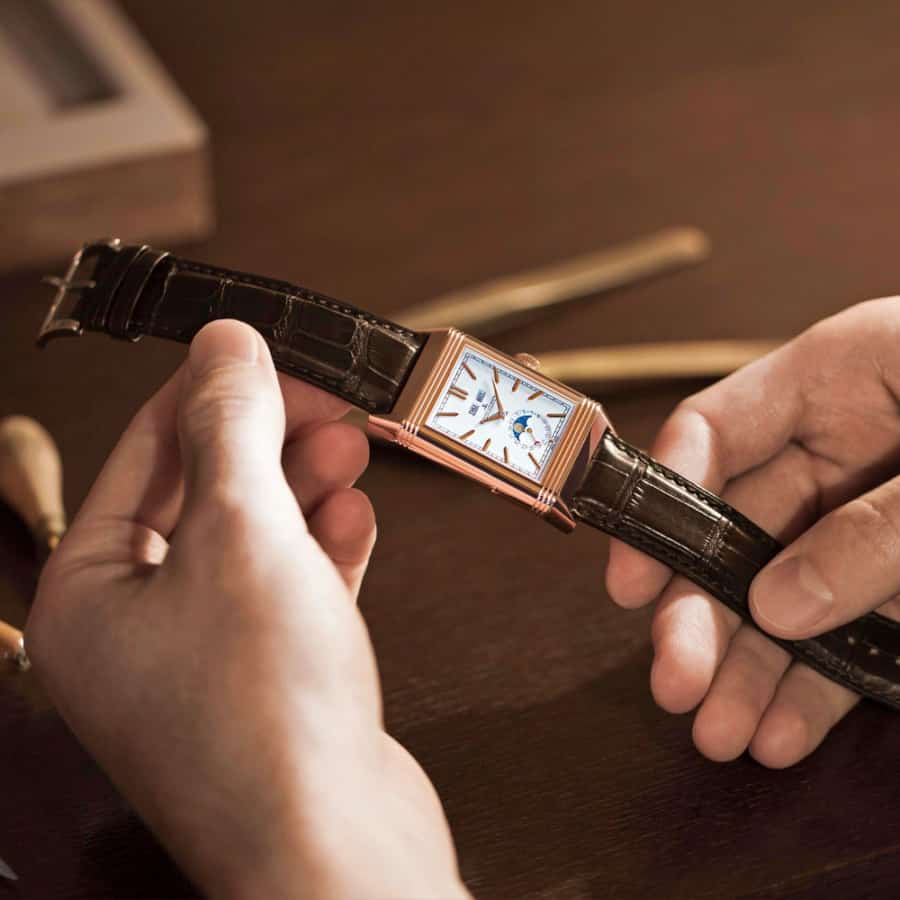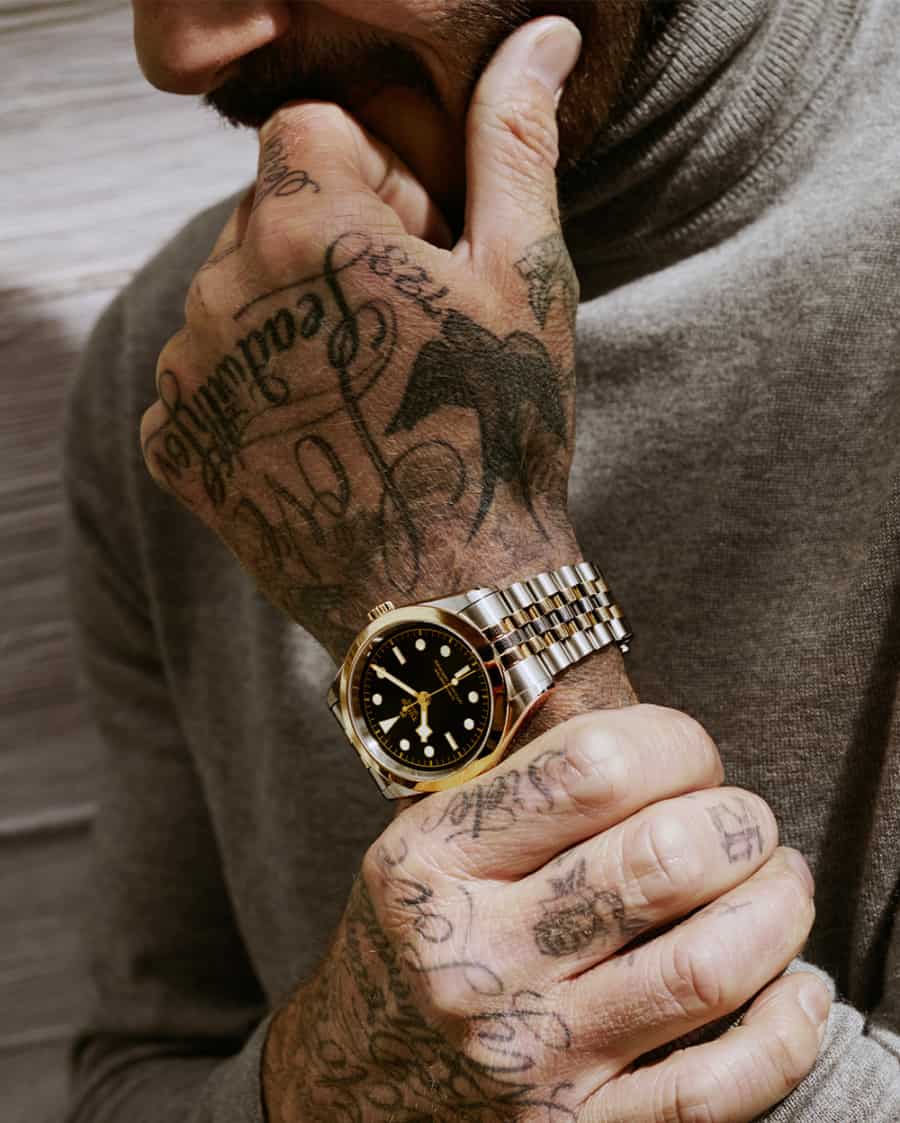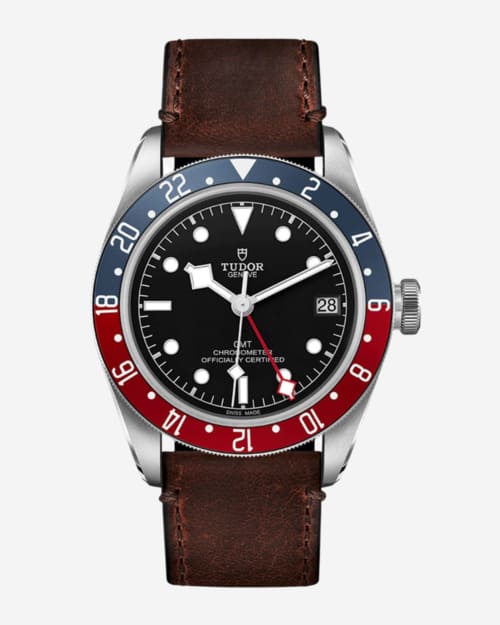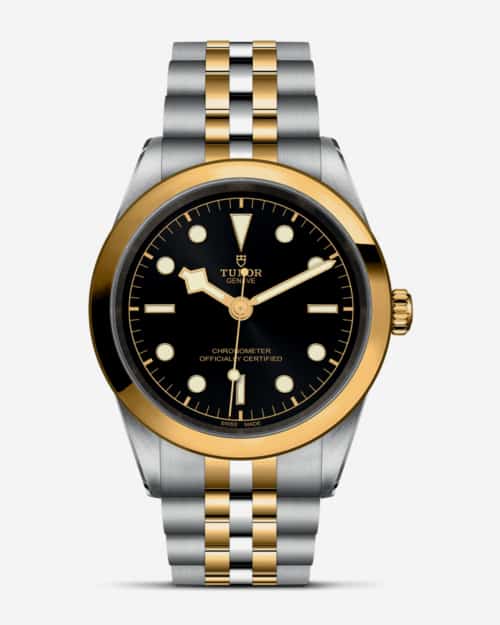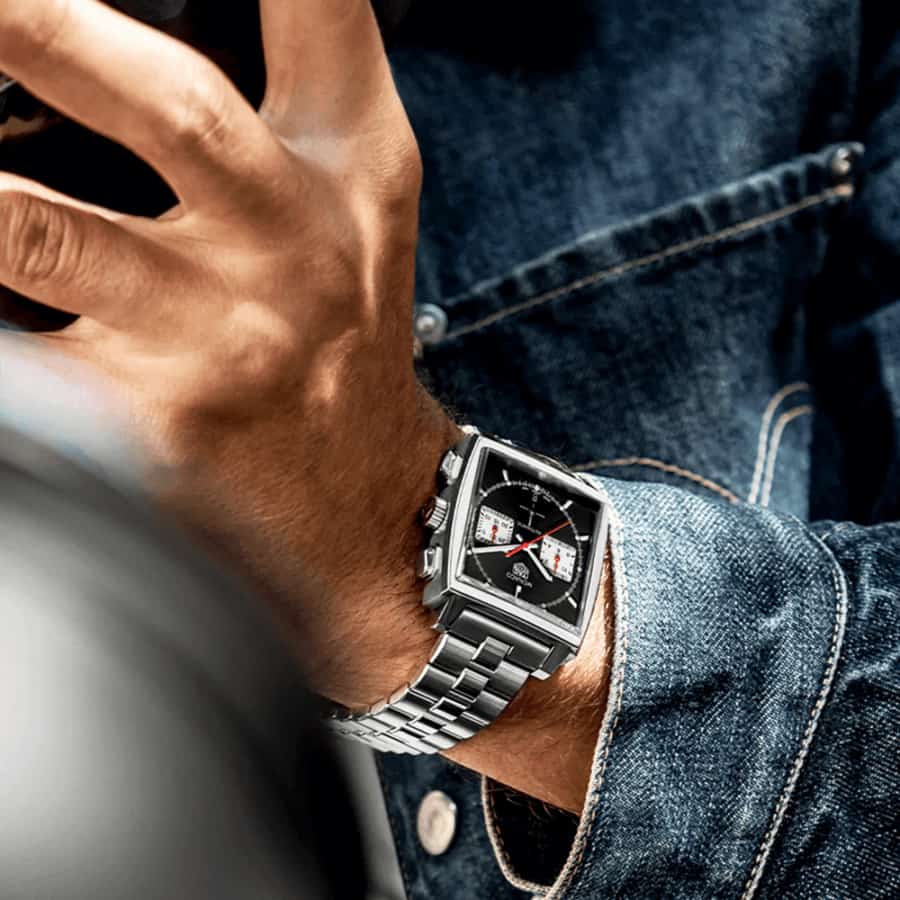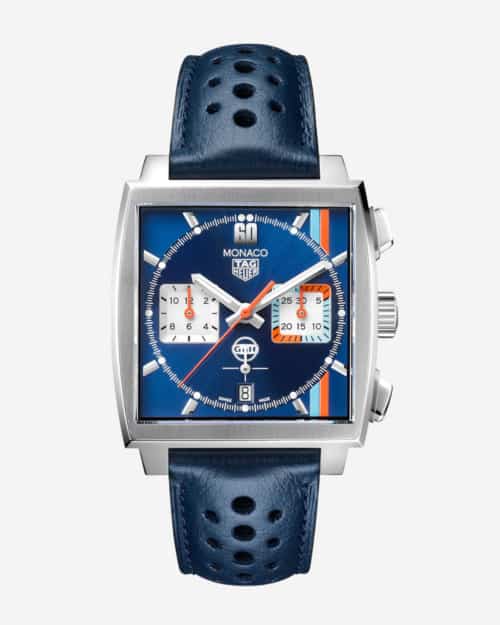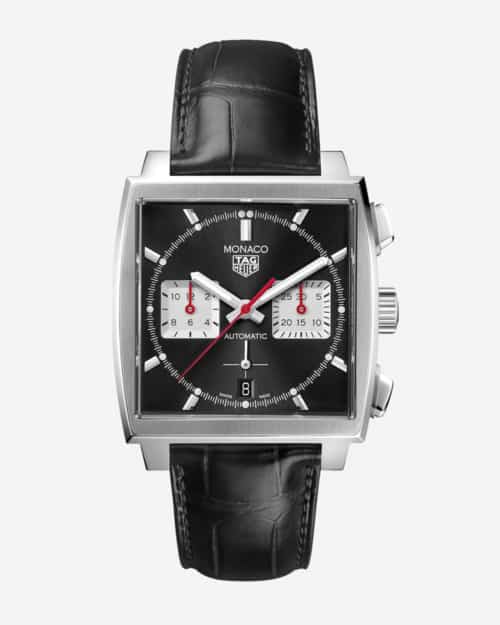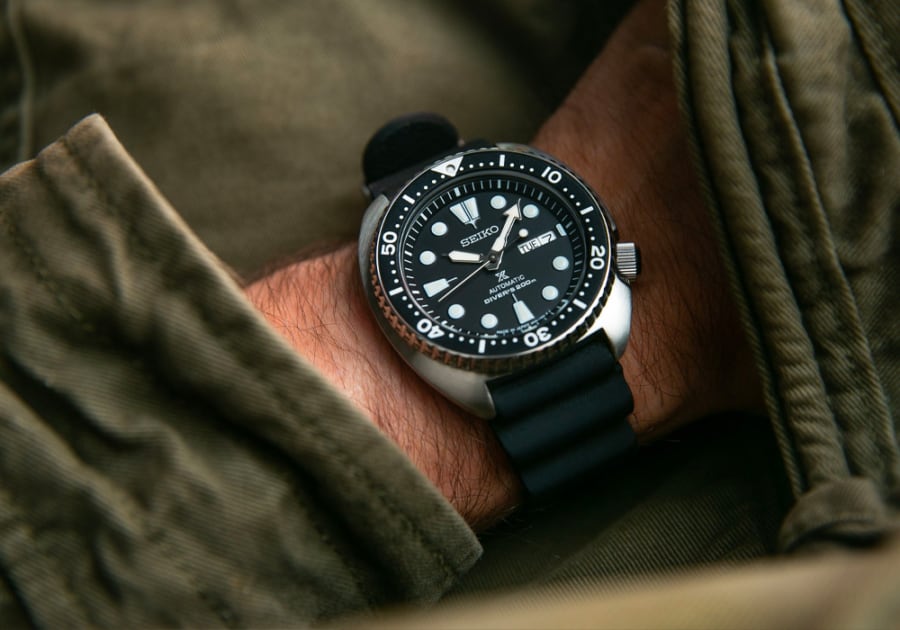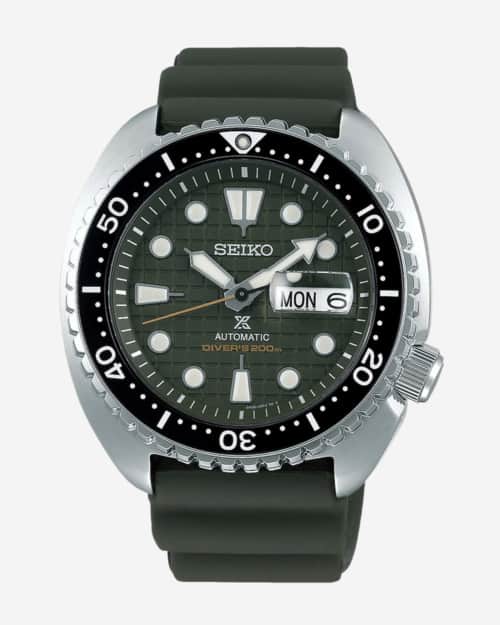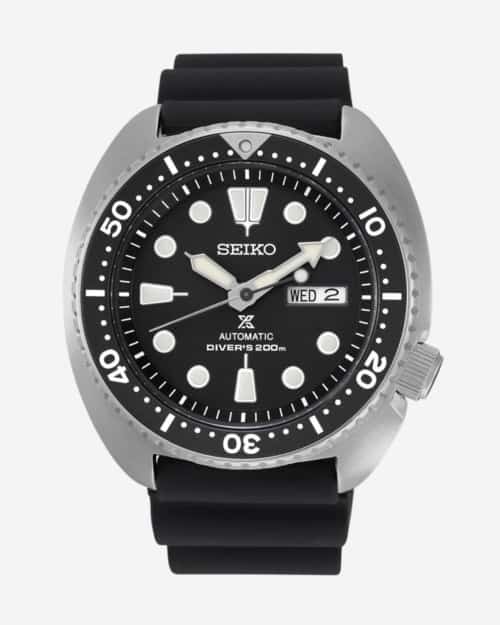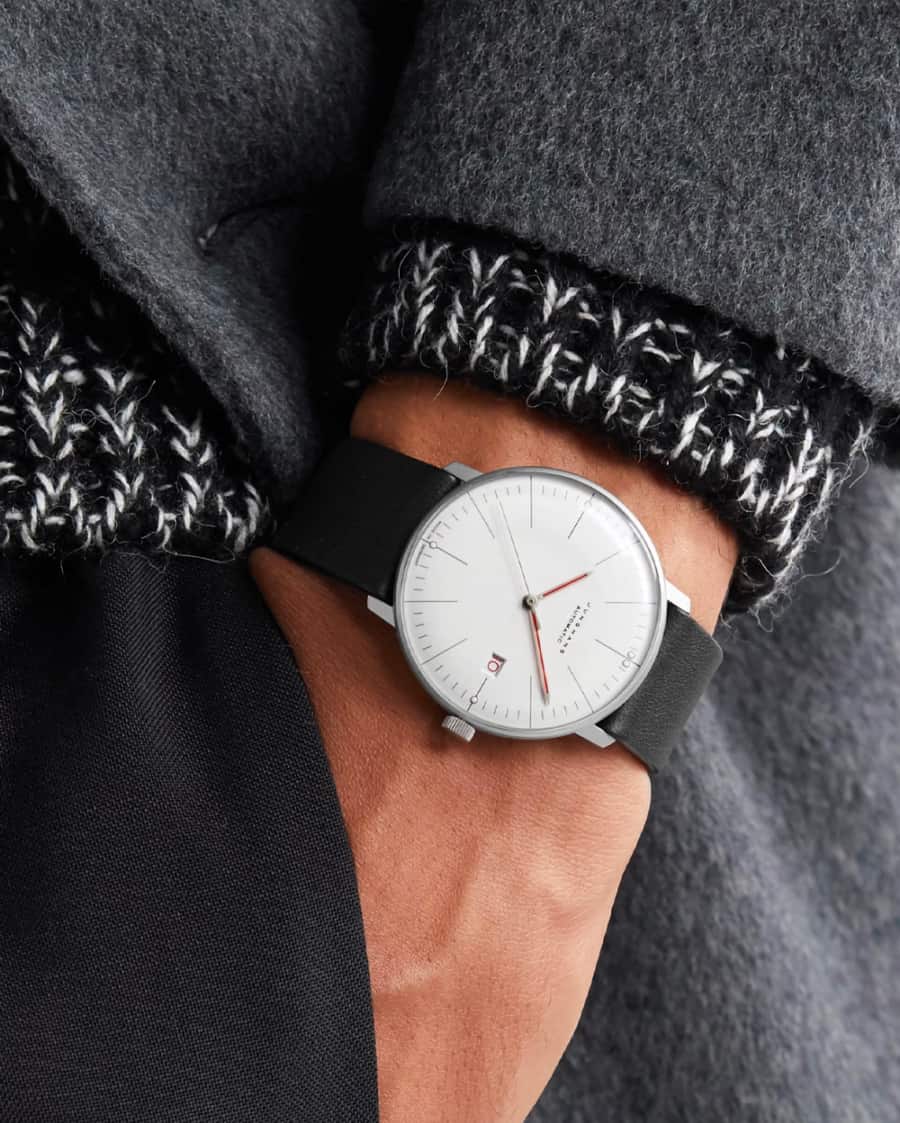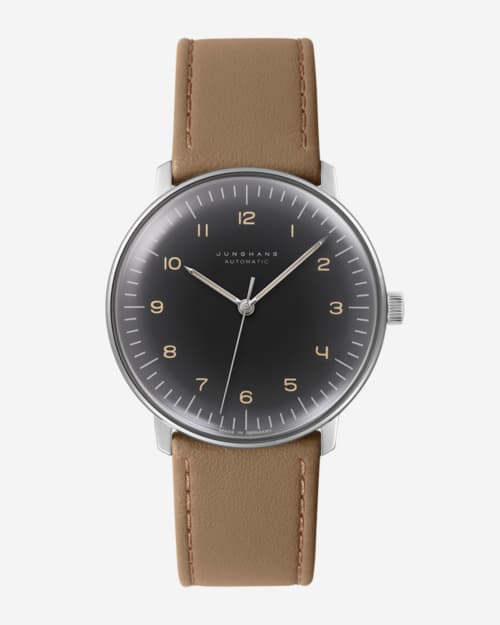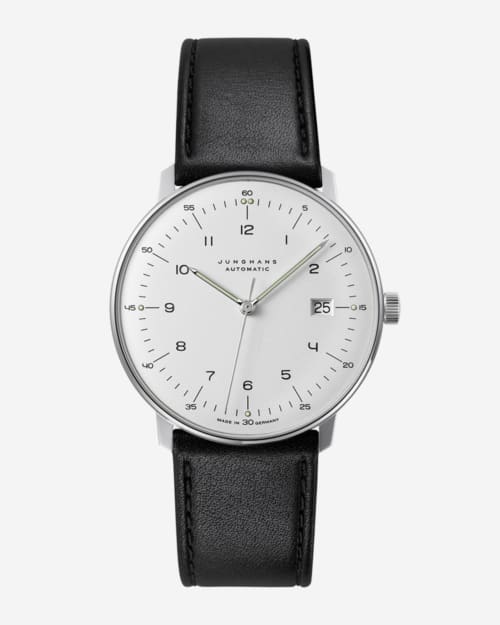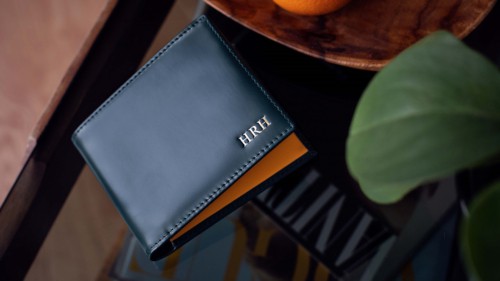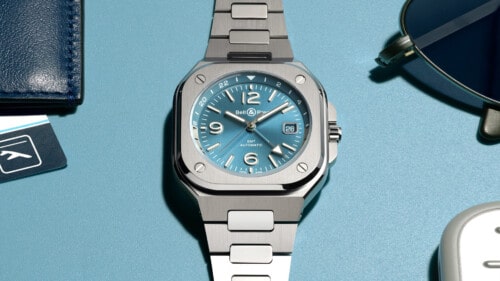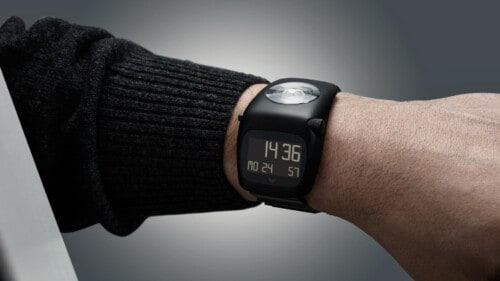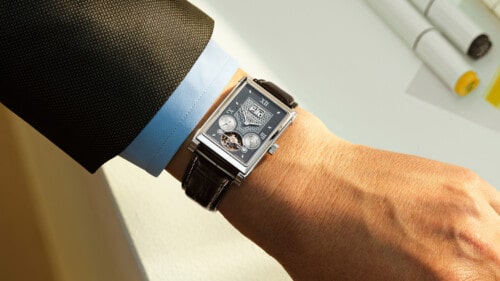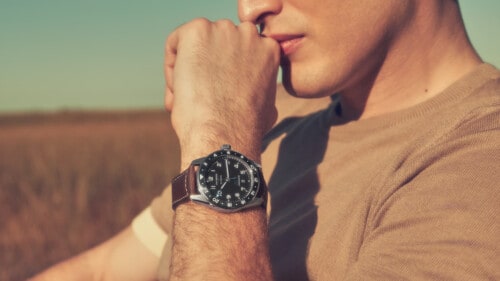16 Classic Watch Models That Have Stood The Test Of Time
These watch models are horology icons that will never go out of style. Ideal heirlooms, they will continue to look great for generations to come.
Watches used to be immune to trends. Styles were timeless – a watch was designed to be worn for life; the concept of a watch wardrobe laughable. However, the 70s and 80s started to change all that. Sizes fluctuated, colours changed, and when fashion houses such as Dior and Chanel started to bring the catwalk onto the work bench, the idea of watch trends really took hold.
That said, just like a cashmere jumper or the perfect camel overcoat, there are styles that have become horological stalwarts, design that are perennials; loved from generation to generation. Here are 16 classic watches that have stood the test of time.
Rolex Submariner
There are so many icons in Rolex’s catalogue, however the Submariner is probably the most recognisable watch in the world. Launched in 1953, it was the first diving watch good to 100m and its look has barely changed since.
The case may be a bit bigger, it now has Mercedes hands, and the bezel colours are jazzier, but it’s fundamentally the same design. As for getting your hands on a new steel one, it would probably be easier to time travel to 1953 and pick up an original.
Omega Speedmaster
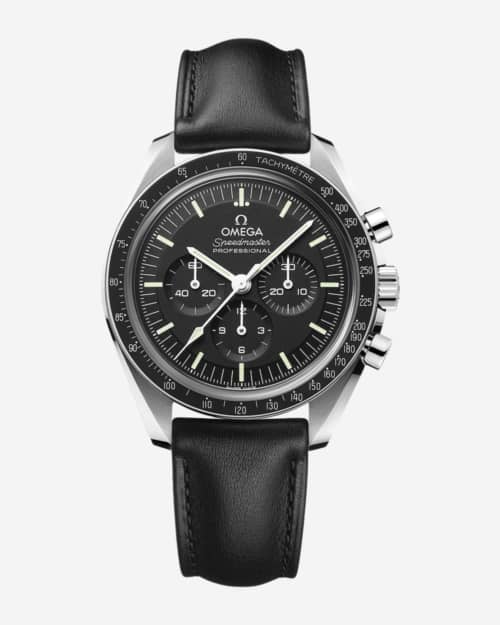
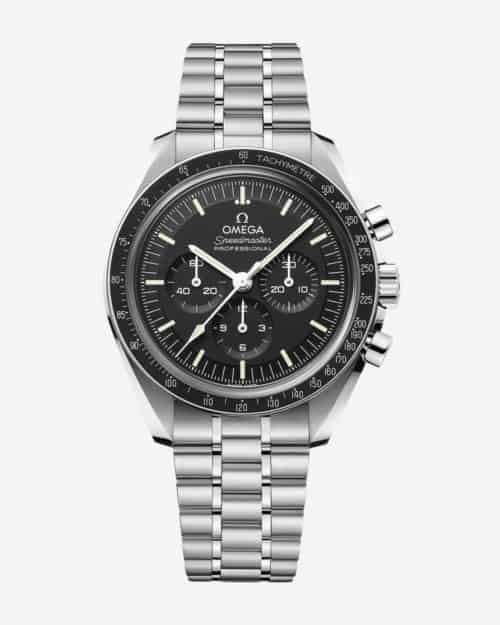
The Seamaster was a contender, but the Moon just beats 007 in the cool stakes. Another steel bracelet sports watch, this one launched in 1957 and is arguably the most iconic chronograph ever created.
Having been to the Moon certainly helps its desirability, with the Speedmaster gracing the wrists of the crew members of all six lunar landings, including the history-making Apollo 11.
Even without being a part of history, though, it’s still an incredible-looking watch that set the style tone for all steel chronographs which followed.
Patek Philippe Calatrava
The original dress watch and the design that saved Patek Philippe. When the Sterns bought the ailing company in 1932, they need a design with mass appeal, so they decided on a dress watch inspired by Bauhaus principles: no frills, just timekeeping. And the Calatrava was born.
There may have been variations, including a foray into pilot’s watch territory, but the classic Calatrava remains the gold standard for dress-watch design.
Audemars Piguet Royal Oak
The genus of this watch is the stuff of horological legend. Designed to appeal to the Italians by Gerald Genta, it was released in 1972 and was the most expensive steel watch on the market; around 10 times more expensive that a Submariner of that period.
The name is a reference to the British warships of the same name, while the exposed screws and octagonal bezel were inspired by commercial diving helmets. This design, dreamt up overnight, has been the backbone of Audemars Piguet since then, and its appeal shows no sign of waning.
Cartier Tank Must
That everyone from Princess Diana to Andy Warhol to Mohammed Ali has worn a Tank says something about this style’s iconic status. The original 1917 design was inspired by the Renault FT-17 tanks used during WWI, with its case shape evocative of an aerial view of the vehicle.
There have been many variations but it’s the Must, launched in 1977, that is the standout. The rich dial colours, the coordinating leather strap, the elegance of it all. Yes, it’s quartz but when a watch looks this good who cares what’s on the inside?
Bell & Ross BR-01
Founded in 1993 by two friends, Bruno Belamich and Carlos Rosillo (the former being the ‘Bell’, the latter the ‘Ross’), this Franco-Swiss brand initially started out making round watches, in Germany, with the support of Sinn. However, in 2005, having received backing from Chanel, it launched in the BR-01 and changed its fortunes for good.
It was big – 46mm – square, based on cockpit instruments, and like nothing else on the market. Its pared-back aesthetic made it a hit with the design crowd, such as architects and their ilk, cementing Bell & Ross as the thinking man’s watch choice.
Breitling Navitimer
For many this is the ultimate pilot’s watch, in no small part because it can actually be used to make in-flight calculations. In 1952, Breitling decided to add a slide rule to its Chronomat – a logarithmic scale that measures STAT for standard mileage, KM for kilometres and NAUT for nautical miles, making it a wrist-sized mini-computer.
Such was its popularity that in 1969, this was the watch into which Breitling place the Calibre 11, the world’s first automatic chronograph developed in collaboration with Dubois-Depraz, Heuer and Buren.
The current collection may have broadened the scope of the Navitimer – removing the chronograph, introducing a 35mm version – but the original still holds its allure. Something proved by the 2019 re-edition of the 1959 design.
Bulgari Octo Finissimo
Given that this is a watch with an integrated bracelet, it’s not surprising that it has its roots in a Gerald Genta design. In 2000, Bulgari acquired the Gerald Genta brand and its IP from a Singaporean distributor, who had bought it from Genta in 1999.
Before the marque became subsumed into Bulgari, it launched the Gerald Genta Octo Bi-Retro, which introduced the round bezel on an octagonal case. Then in 2014, Bulgari transformed this design into the sleek, record-breaking Octo Finissimo Tourbillon Manual, with a case just 5mm thin.
Since then, the Finissimo has become Bulgari’s playground, getting thinner, more complicated and even dipping a toe in the metaverse. Despite only being eight years old, it has cemented itself as a watch-making icon.
Hamilton Field Khaki
When WWII started Hamilton – founded in Lancaster, Pennsylvania in 1892 – stopped civilian production to make watches for the Allied Forces. The Field was specifically designed for the Army.
After the war its legible, robust, no-nonsense design continued to be popular, with Hamilton able to experiment with colour and size once its particular military specification became defunct in the 80s.
Relaunched in 2018 as a 38mm case on a NATO strap, with an 80-hour power reserve movement inside, it taps perfectly into the ongoing appetite for all things vintage.
Hublot Big Bang
When Hublot launched in 1980, it courted controversy. Its crime? Pairing a gold case with a rubber strap. Since then, fusion has been the name of Hublot’s game – mixing gold with ceramic, magnesium with titanium and collaborating with artists to create outlandish versions of its designs.
Despite all the fun, it was the Big Bang, launched in 2005, that made the watch world start taking Hublot seriously. It has subsequently won awards, been coated in $1m of diamonds, and had the dubious honour of being the timekeeper of the Qatar World Cup 2022.
It has since become the cornerstone of the Hublot brand, perfectly embodying its talent for the irreverent.
Jaeger-LeCoultre Reverso
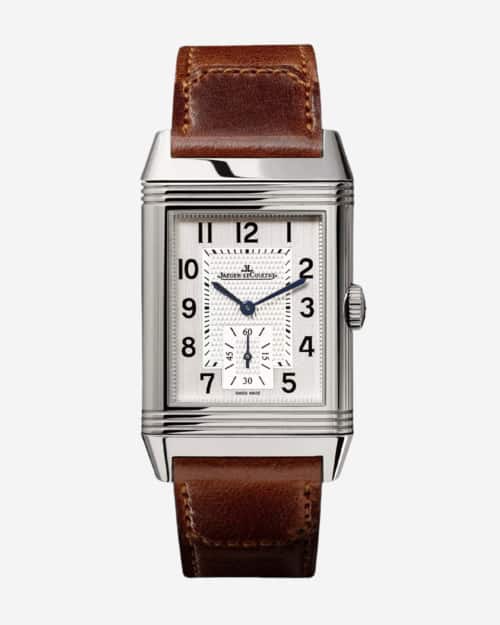
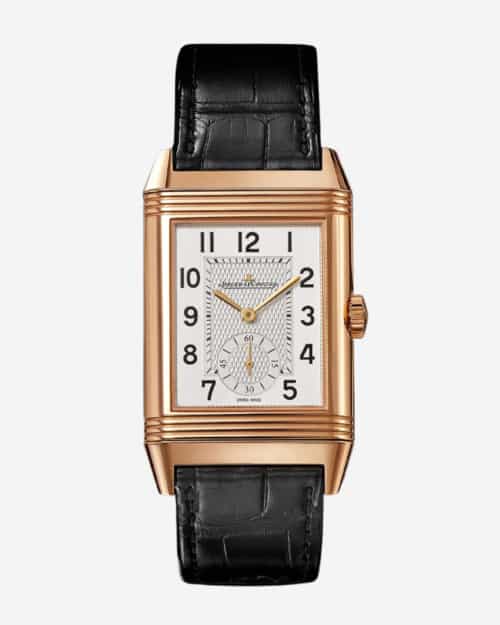
Designed to be used on the polo pitches of India, the Reverso was first launched in 1931. It came about after a Swiss watch dealer called César de Trey was challenged to design a watch strong enough to withstand being hit by a polo ball by a player who had recently has his watch glass broken during a match.
De Trey asked Jaeger SA to make the case and Jacques-David LeCoultre the movement. French designer and engineer Rene Alfred Chauvot created the ‘slip and flip’ mechanism, and watch history was made.
It’s had complications added to it, been given extra faces and had size alterations but this cleverly creative timepiece hasn’t changed much in the intervening 91 years.
Tudor Heritage Black Bay
It might seem odd putting a watch that is only 10 years old in a list of designs that will never go out of style. But such is the Black Bay’s popularity it’s probably a safe bet to say people will still be buying it a few decades from now.
In 2012, this was the watch that announced Tudor’s return to the global stage. Despite looking like a retro reissue, the Black Bay is a ‘greatest hits’ of Tudor’s past. The oversized crown, snowflake hands, domed sapphire crystal and dial, as well as the gilt hands and indices on the burgundy and black editions, all coming from the Submariner references Tudor launched from the 50s to the 70s.
The second generation finally received an in-house movement, which was the icing on the cake for Tudor fans, turning a great watch into an iconic one.
TAG Heuer Monaco
TAG Heuer’s back catalogue is chock full of classics, but the Monaco makes it into this list because of Steve McQueen. As well as the Calibre 11, because without this revolutionary calibre the Monaco wouldn’t exist.
When plans for the world’s first automatic integrated chronograph were coming to fruition, then-CEO Jack Heuer was scouting around for a watch in which to place this movement. It was originally supposed to be the Carrera, but the slim case couldn’t accommodate it. The Autavia was the next choice until Heuer posited the idea that a revolutionary movement should have a case to match.
Swiss case maker Erwin Piquerez offered Heuer a square design he had just developed, which was the first of its shape to be water resistant. Heuer loved it, negotiated for the exclusive rights and named it after the Formula One race, to signal this was a chronograph for motorsport lovers.
Its ‘legend’ status was cemented two years later when Steve McQueen wore it while starring in Le Mans (1971). It has sported different livery – the most recognisable being the colours of global oil company Gulf – been given a bracelet, but its square case has remained perfectly proportioned since 1969.
Seiko Prospex ‘Turtle’
Like the names ascribed to the colour combinations of the Rolex GMT-Master bezel, this Seiko’s chelonian moniker was bestowed by fans in reference to the case’s shape. Its original title, when it launched in 1976 in Japan only, was 6306. Catchy.
It was, and still is, a functional diver. Satisfyingly chunky, robust and with a 200m water resistance. It was sidelined in favour of another diver, the SKX, yet the Japanese watchmaker reissued the Turtle in 2016 with modernised insides and very little change to its looks, including keeping the crown at the rather unusual position of not-quite four o’clock.
It’s a timepiece with a jolie laide charm that only builds the more you wear it.
Junghans Max Bill Automatic
First launched in 1961, Junghans has changed nothing about this design. It has even resisted the temptation to swap the Plexiglas for more durable sapphire crystal. It was designed by Swiss polymath Max Bill, who was a student of Walter Gropius, father of Bauhaus, where Bill studied from 1927-1929.
This watch adheres to those principles. It is minimalist; there is no additional ornamentation, not even a date window. The movement is the renowned workhorse, the ETA 2824, which fits with the guiding principles of form following function.
It is the act of timekeeping distilled to its essence. And it is, frankly, beautiful.
Zenith A384
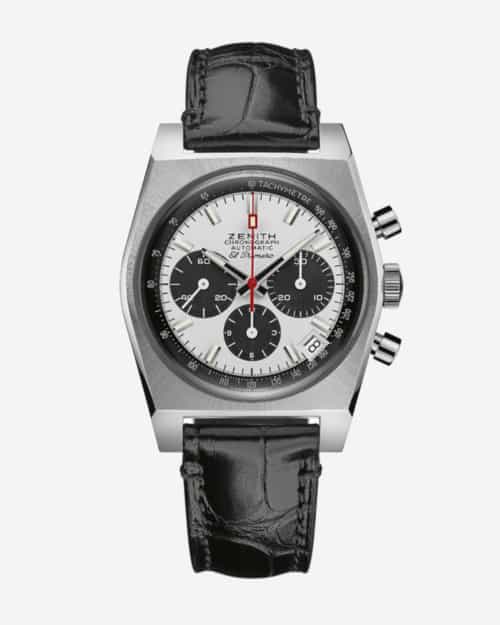
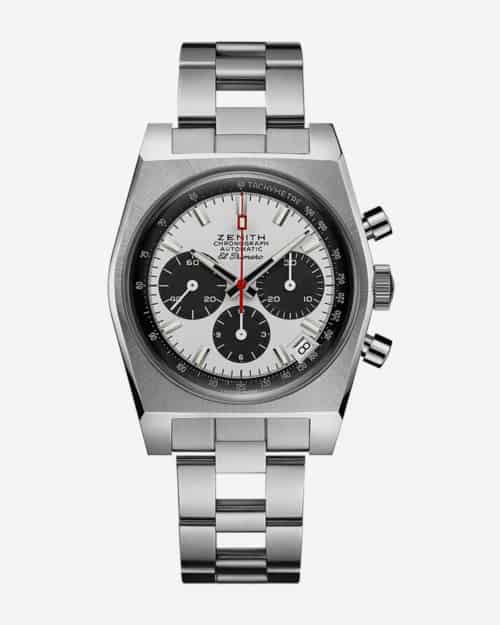
There was another movement in the race to make the first automatic chronograph. Technically, Zenith was first off the blocks. It announced in January 1969 that it was going to make an automatic chronograph. However, the Calibre 11 coalition pipped Zenith to the post when it came to actually unveiling a physical product.
However, what marked out the El Primero was that it was the first high-frequency automatic chronograph, and it was encased in the Zenith A384, which the brand revived in 2019. ‘Revived’ being the operative word. The A384 2.0 was an accurate reproduction of this 60s sports watch except with a sapphire crystal and see-through caseback so you can appreciate the El Primero in all its glory.
